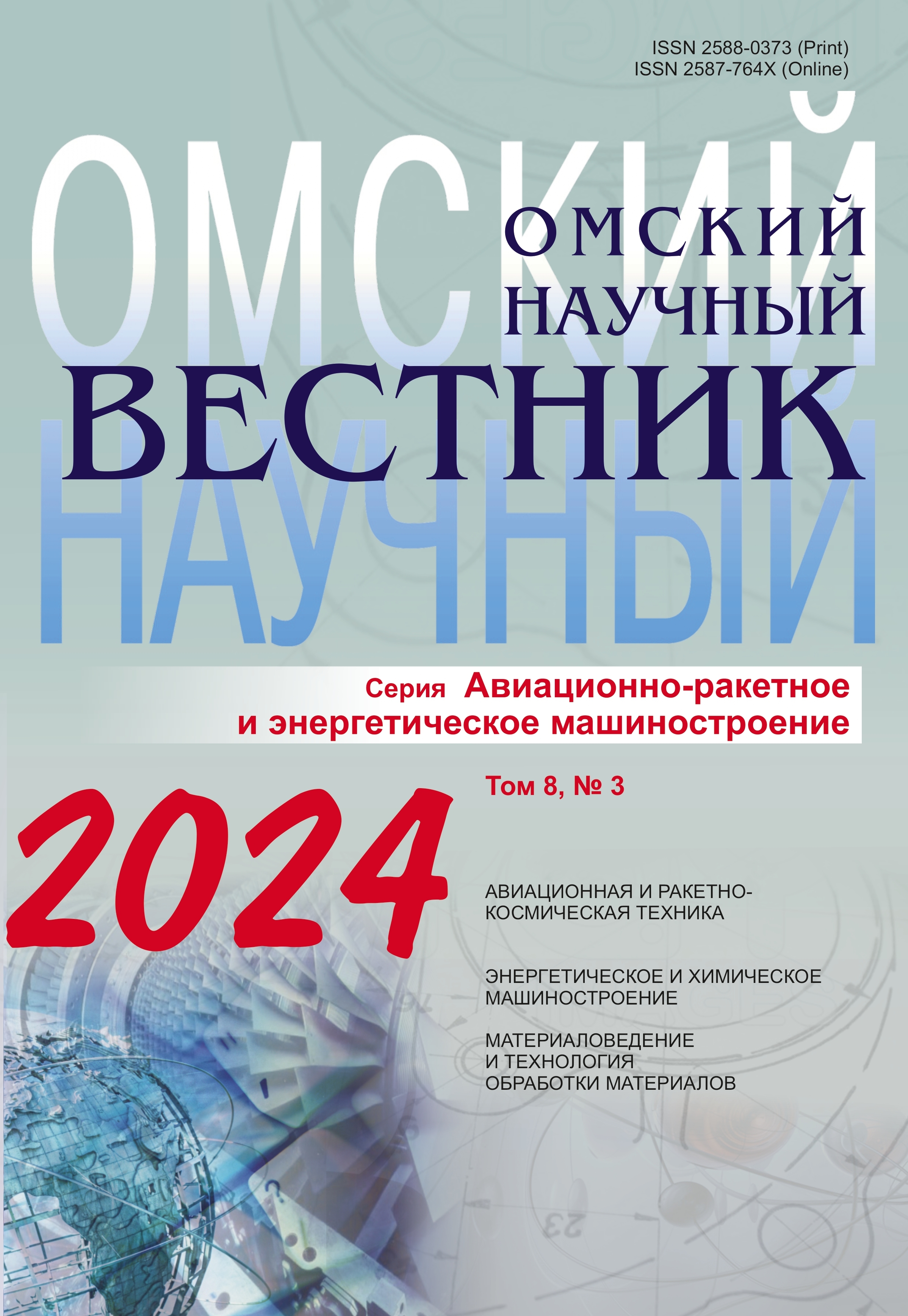The analysis of the influence of the turbulence model selection on the parameters of interaction of a supersonic jet with an obstacle
DOI:
https://doi.org/10.25206/2588-0373-2024-8-3-90-97Keywords:
supersonic jet, gas dynamics, jet-barrier interaction, turbulence models, turbulent flow, ANSYS FluentAbstract
Due to the intense loading of the elements of launch structures when exposed to rocket engine jets, it is obvious that it is necessary to determine the gas-dynamic, thermal and other loads that occur during the launch of the launch vehicle. Numerical modeling using application programs is one of the widely used methods of their calculation, since physical modeling requires significant resources. The study analyzes the case of interaction of a single supersonic gas jet with a flat barrier oriented perpendicular to the direction of the jet. Differential equations describing the motion of a compressible viscous heatconducting gas (Navier-Stokes equations) are presented, and a method for averaging them by Reynolds is described. Some one- and two-parameter turbulence models based on Reynolds equations are considered. A numerical simulation of the flow of a supersonic jet of air from a Laval nozzle onto a flat aluminum barrier located perpendicular to the axis of the jet is carried out. The ANSYS Fluent software package is used to analyze the effect of choosing a turbulence model on the distribution of the Mach number and pressure on the barrier. A comparison of the results of the study with experimental data showed that the most accurate results are obtained using the k-ω SST turbulence model.
Downloads
Published
How to Cite
Issue
Section
License
Non-exclusive rights to the article are transferred to the journal in full accordance with the Creative Commons License BY-NC-SA 4.0 «Attribution-NonCommercial-ShareAlike 4.0 Worldwide License (CC BY-NC-SA 4.0»)




